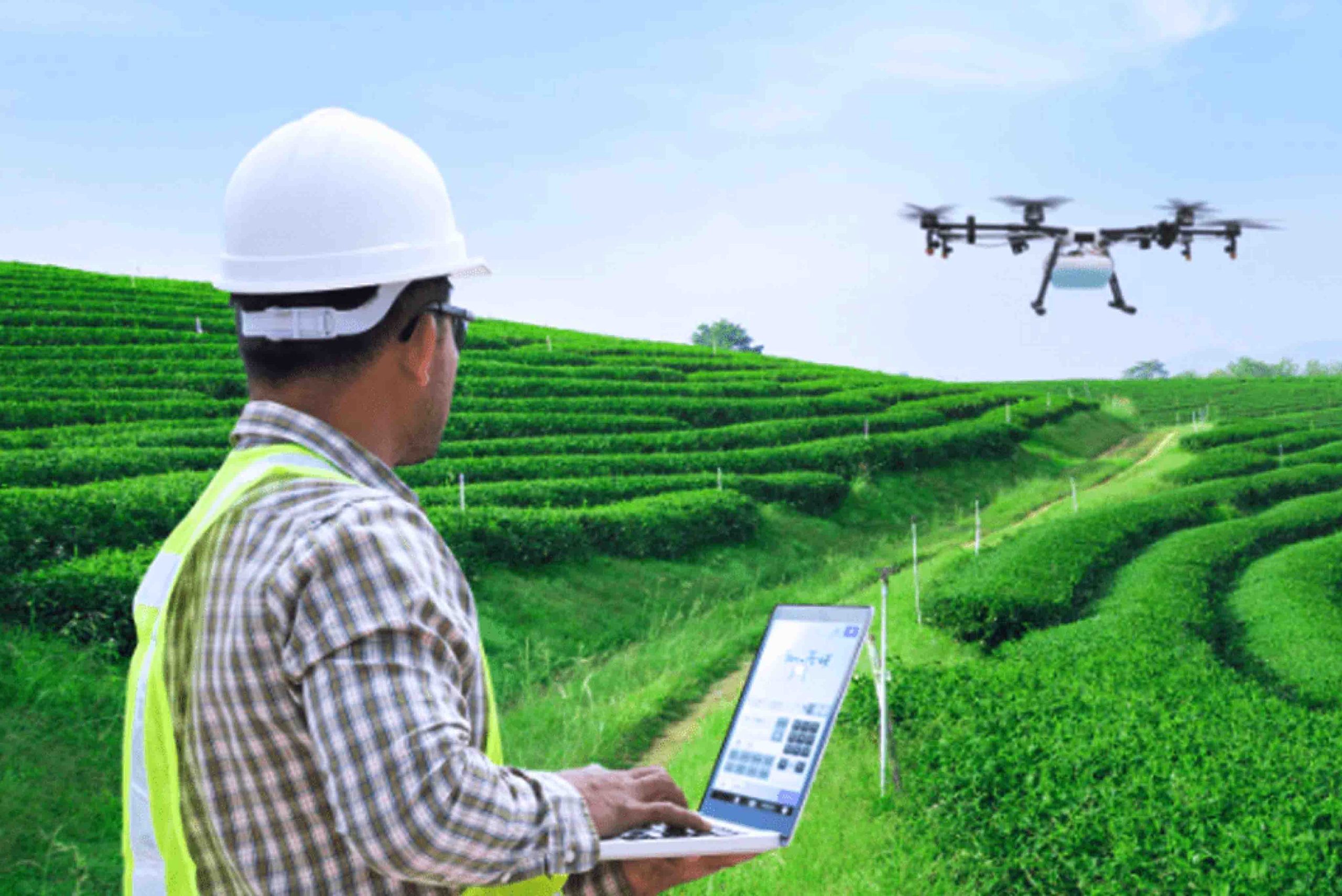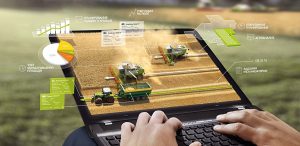Introduction
Imagine a farm where robots help plant seeds and smart computers tell farmers when to water the crops. This is the amazing world of AI in Modern Agriculture Technology. Artificial intelligence, or AI, is changing how farms work today. It makes farming easier, more efficient, and even more fun. In this article, we will explore what AI in Modern Agriculture Technology means and how it is helping farmers grow better food. We will use simple language and clear ideas so that everyone, including kids, can understand. By the end, you will know how smart tools and new ideas are Making Farming a Bright, exciting field. Let’s start this adventure into the future of farming!
What Is AI in Modern Agriculture Technology?
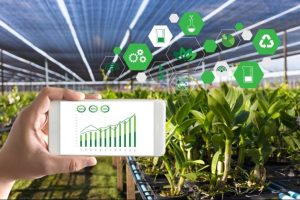
AI in Modern Agriculture Technology means using computers and smart machines to help with farming. Instead of doing everything by hand, farmers now use technology to plan, plant, and take care of crops. Artificial Intelligence Agriculture tools can predict weather, monitor plant health, and even detect pests. These smart systems help farmers make better decisions. When you see a drone flying over a farm, it may be collecting information to help farmers know exactly when to water their fields. These innovations are part of a growing field called AgriTech. The goal is to grow more food with less effort while taking care of our environment. With AI in Modern Agriculture Technology, farming becomes a science that is as smart as it is traditional.
What Is This and That: Smart Tools and Innovations
In modern agriculture, there are many smart tools and exciting innovations. One smart tool is the AI-powered drone. These drones fly over fields and take pictures of crops. They can tell farmers if plants are healthy or if they need extra water. Another exciting innovation is machine learning in weather prediction. This technology helps farmers know exactly when it will rain. There are also smart sensors placed in the soil that measure moisture levels. All of these tools work together to create a more efficient farm. They save time, reduce waste, and help produce more food. This new way of farming shows how AI in Modern Agriculture Technology is shaping the future. It brings together science, technology, and nature to create smart farms.
The Benefits of Using AI in Agriculture

Using AI in Modern Agriculture Technology has many benefits. One of the biggest benefits is increased efficiency. With the help of smart machines, farmers can work faster and with more accuracy. This means less time and energy are wasted on manual tasks. Another benefit is better crop management. AI-powered tools can detect problems early, such as diseases or pests, before they spread. This helps farmers save their crops and produce more food. The technology also supports sustainable farming. By using less water and fertilizer, farms can become more eco-friendly. With these advantages, AI in Agriculture is not only about making money but also about protecting our planet and ensuring a healthy future.
How AI in Modern Agriculture Technology Works
AI in Modern Agriculture Technology works by combining data from many sources. Smart sensors in the fields send information to computers. These computers use machine learning algorithms to analyze the data. The result is clear advice for farmers. For example, a computer might tell a farmer, “Water the crops today because the soil is too dry.” This system makes decisions based on real-time information, which means farmers can act quickly. Another example is predicting the best time to harvest. These systems help decide the optimal moment to pick fruits or vegetables so they are fresh and tasty. The use of AI in Agriculture transforms farming into a modern, data-driven process that is both precise and efficient.
A Simple Table to Understand AI in Agriculture Technology
Below is a table that shows some key components of AI in Modern Agriculture Technology and how they benefit farmers:
| Component | Function | Benefit |
|---|---|---|
| Smart Drones | Fly over fields, collect crop images | Early detection of plant stress, efficient monitoring |
| Soil Sensors | Measure moisture and nutrient levels | Optimized irrigation and fertilizer use |
| Weather Prediction AI | Analyzes data to predict weather patterns | Better planning for planting and harvesting |
| Machine Learning Models | Process data from sensors and drones | Accurate advice and decision-making |
| Robotic Harvesters | Automate picking of fruits and vegetables | Increased speed and reduced labor costs |
This table shows how each smart tool plays an important role in modern agriculture technology. Together, they help create smarter, more sustainable farms.
Tips for Farmers and Beginners
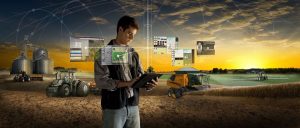
If you are interested in learning about or using AI in Modern Agriculture Technology, here are some simple tips:
Start small and learn the basics by reading simple guides or watching videos about smart farming. Practice using one tool, like a soil sensor, to see how it works. Ask experts or join online communities where you can share ideas and experiences. Stay updated with the latest trends by following news about AgriTech and AI innovations. Remember, even if you are a beginner, every little bit of knowledge helps you understand the big picture. By taking small steps, you can gradually learn how to use these advanced tools to make farming easier and more fun.
The Impact of AI in Agriculture on the Environment
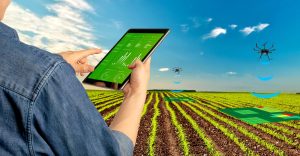
One important part of AI in Modern Agriculture Technology is its positive impact on the environment. By using smart sensors and data, farmers can reduce the use of water and fertilizers. This leads to less waste and fewer harmful chemicals in the soil and water. Sustainable farming practices mean that the land stays healthy for a long time. AI in Agriculture helps balance the needs of farmers and nature, creating a win-win situation. When farms use fewer resources and produce more food, everyone benefits. Protecting the environment is key to ensuring a bright future for our planet.
How AI in Modern Agriculture Technology Is Shaping the Future
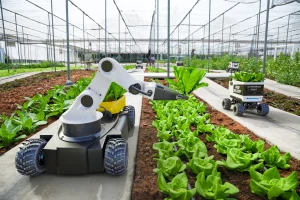
The future of farming is exciting with AI in Modern Agriculture Technology. New innovations are coming out all the time that promise to make farming even smarter. Imagine a future where every part of the farm is connected, and every decision is made by analyzing real-time data. This will lead to more efficient food production and help feed more people. Young people interested in science and technology can look forward to careers in this growing field. AI in Agriculture is not just a trend; it is a revolution that will change how we grow food. As technology advances, farms will become more productive, sustainable, and environmentally friendly.
Frequently Asked Questions
Q1: What is AI in Modern Agriculture Technology?
AI in Modern Agriculture Technology uses smart tools like drones, sensors, and computer programs to help farmers grow crops more efficiently and sustainably.
Q2: How does AI in Agriculture help farmers?
It helps by providing accurate data on soil, weather, and crop health, which leads to better decision-making, increased efficiency, and reduced waste.
Q3: Can AI in Agriculture Technology help the environment?
Yes, it can. By optimizing the use of water, fertilizers, and other resources, it supports sustainable farming practices that protect the environment.
Q4: Are these technologies hard to use?
Many of the tools are designed to be user-friendly. Farmers can start with simple devices like soil sensors and gradually learn more as they become comfortable.
Q5: What is the future of AI in Modern Agriculture?
The future is very promising. New innovations will continue to improve efficiency, sustainability, and productivity, making farming smarter and more environmentally friendly.
Conclusion
The role of AI in Modern Agriculture Technology is transforming the way we grow food. With smart tools and innovative systems, AI in Agriculture is making farming more efficient, sustainable, and productive. These technologies help farmers make better decisions by using real-time data from drones, sensors, and computer models. As the world moves towards a smarter future, the impact of AI in Agriculture will continue to grow, leading to healthier crops and a healthier environment.
By understanding and embracing these innovations, farmers can not only increase their yield but also protect the planet. For those interested in science and technology, AI in Modern Agriculture Technology opens up a world of opportunities. It shows that even traditional fields like farming can be transformed with the help of modern tools. With continued learning and adaptation, the future of agriculture looks bright and full of promise.
Taking the first steps towards using AI in Agriculture is an exciting journey. With clear plans, smart tools, and a passion for innovation, anyone can join the revolution that is changing farming for the better. Remember, every small step helps build a better future. Embrace these technologies, learn how they work, and see how they can make a big difference in the world of farming.

